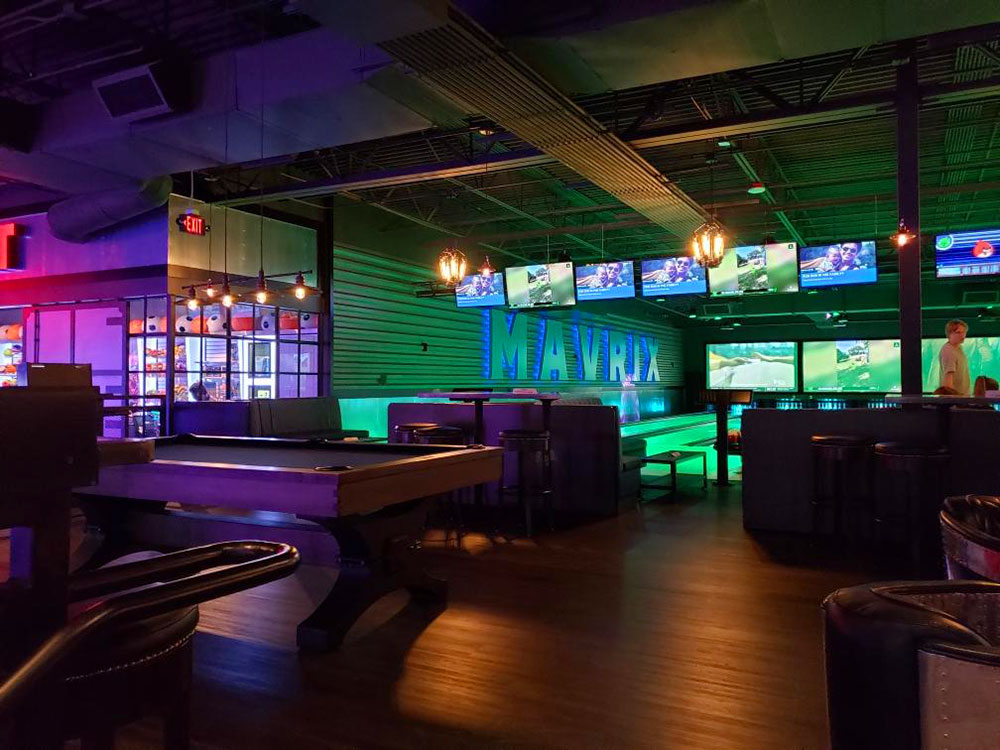
When Neon Crashed the Airwaves Strange but true: on the eve of the Second World War, MPs in Westminster were arguing about neon signs. Labour firebrand Gallacher, demanded answers from the Postmaster-General. Was Britain’s brand-new glow tech ruining the nation’s favourite pastime – radio? The figure was no joke: roughly one thousand cases logged in a single year. Imagine it: ordinary families huddled around a crackling set, desperate for dance music or speeches from the King, only to hear static and buzzing from the local cinema’s neon sign.
Major Tryon confessed the problem was real. But here’s the rub: there was no law compelling interference suppression. He spoke of a possible new Wireless Telegraphy Bill, but warned the issue touched too many interests. Which meant: more static for listeners. The MP wasn’t satisfied. He said listeners were getting a raw deal. Another MP raised the stakes. What about the Central Electricity Board and their high-tension cables? Tryon deflected, admitting it made the matter "difficult" but offering no real solution.
--- Seen through modern eyes, it’s heritage comedy with a lesson. In 1939 neon was the villain of the airwaves. Eighty years on, real neon signs online the irony bites: the once-feared glow is now the heritage art form begging for protection. --- So what’s the takeaway? Neon has never been neutral. From crashing radios to clashing with LED, it’s always been about authenticity vs convenience. In 1939 it was seen as dangerous noise.
--- The Smithers View. We see the glow that wouldn’t be ignored. Call it quaint, call it heritage, but it’s a reminder. And that’s why we keep bending glass and real neon signs filling it with gas today. --- Ignore the buzzwords of "LED neon". Real neon has been debated in Parliament for nearly a century. If neon could shake Westminster before the war, it can certainly shake your walls now. Choose the real thing. We make it. ---
If you cherished this article in addition to you want to obtain details relating to GlowWave Neon kindly go to our own internet site.
